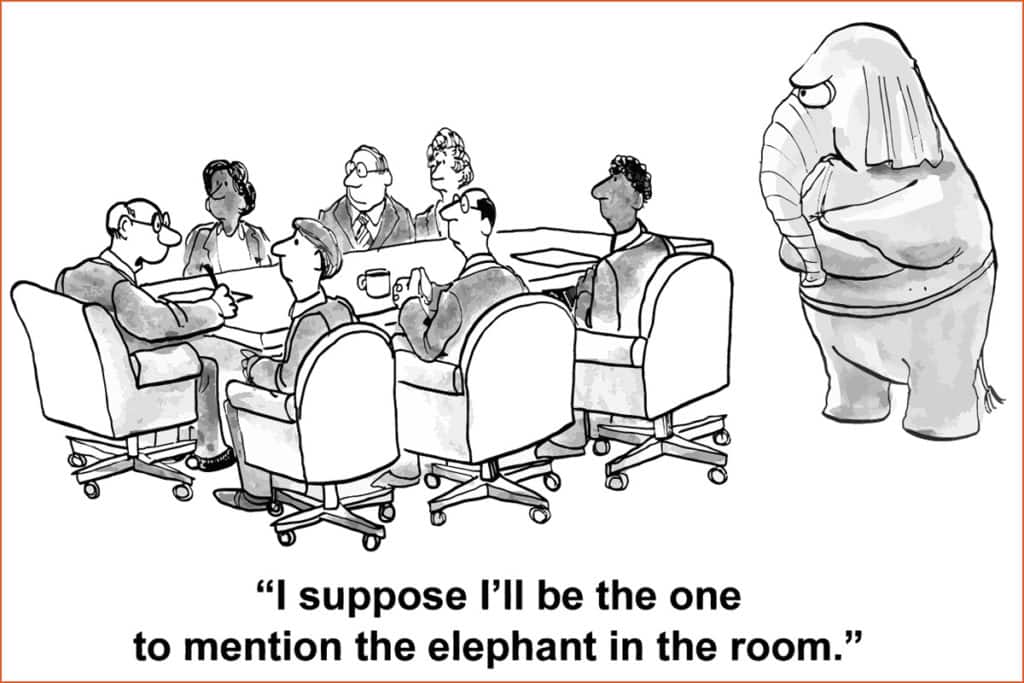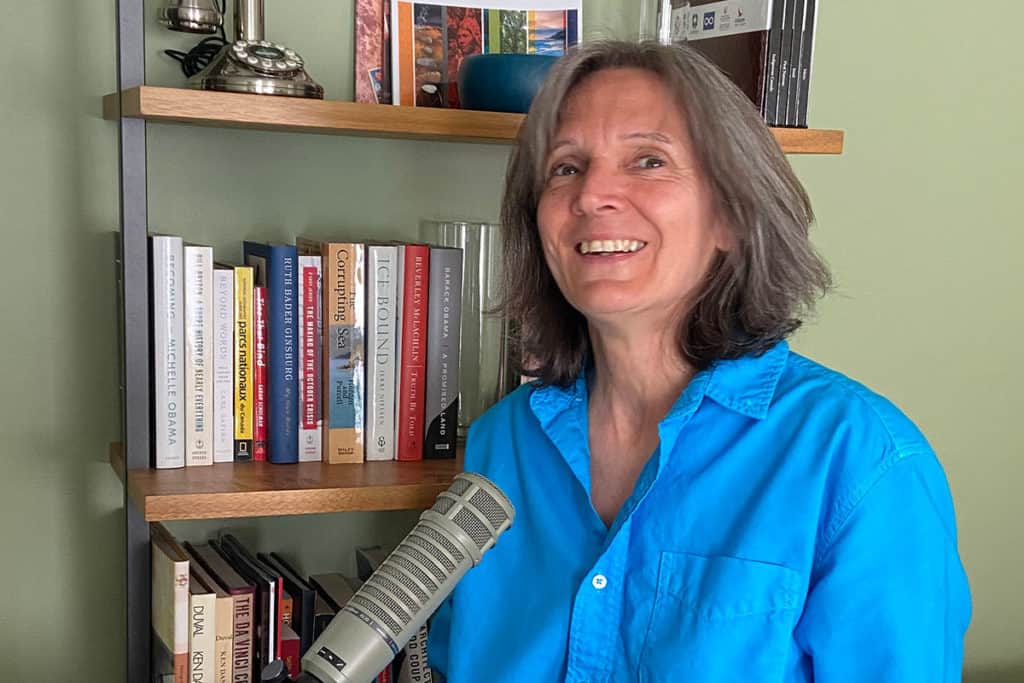Changing the conversations begins with noticing the elephant. If it’s been there a long time, this may be harder than you think. This article will get you started.
We Need to Be Changing the Conversations
My focus on changing the conversations is more than twenty years in the making. In the spring of 2002, my Master’s Dispute Resolution coursework was complete; only my thesis remained. While I had anticipated wrapping it all up in less than six months, I suddenly found myself bored with my direction.
If I remember correctly, I muddled along for about three semesters before throwing in the towel. While I did not want to completely walk away from my human rights focus, I knew there was a better path for me. I simply had no idea how to get there.
The idea fully formulated sometime in 2006. My program director supported my direction, and I went about finding a thesis supervisor—long–distance, I might add, as I had unexpectedly moved cross–country in September 2002.
Everything came together, and I graduated in April 2008, but between you and me, I fought it all the way! I work best through intuitive messaging, about as out–of–sync with theory as you might imagine. But I am also logical and fact-based, and I believed that if I could build a bridge between these two parts of me, then I could help others to do the same.
Developing LDT™—Locate, Describe, & Transform™—created that bridge. And although I was able to tie it all together for my thesis, it has taken me repeated effort before producing a book I could believe in. Incessantly stripping it down to its fundamental elements, my past work has not been discarded; critical components from everything I have previously written have found a home here.
The Big Picture Needs Changing
If you cannot readily transform the emotions that make you feel trapped, burdened, or barely keeping your head above water, it can feel daunting to care about a bigger picture. And the big picture needs changing. While my thesis took a detour, the importance I place on human rights and social justice issues has stayed the course.
Even if you could previously argue that you had no idea what was happening around you, the last few years have made it clear to all of us that biases, prejudices, harassment, and discrimination are embedded in our systems, and we need to, and can, do better. The elephant is still in the room, and it is not going away until we all take a good, hard look. It isn’t only “them” that needs to change; it is you, and me.
Knowingly or not, we all carry, or have carried, biases and prejudices that perpetuate stress, conflict, inequity, and imbalance for others. Changing the conversations is not about blame; it is about guiding you to Locate, Describe, & Transform™ the negative emotions that lead you to disempowered reactivity, so you can move forward with skilled intuitive and fact-based action.
Something for Everyone
If you are someone who “knows” you make all your decisions based on facts, without ever having explored otherwise, then, with respect, you are more off-track than you think. As Daniel Kahneman spoke about in his book Thinking Fast and Slow, even skilled judges make life-impacting decisions based on fatigue, hunger, and a literal roll of the dice.
When it comes to social justice, hate and conservative are not synonyms: if you fall to the right of the political spectrum, there is no need to fear that my bleeding liberal heart is going to single you out. I most certainly do not. Likewise, if you lean to the left, and think I have nothing to offer you, then I ask that you keep an open mind: Even the most liberal people have room for growth. If this were not the case, systemic isms and phobias would have been extinguished generations ago.
So what are you not questioning? What can my work do for you? Grounded in research, you will learn how to identify your emotions via your metaphors and body reactions. You will discover how to quickly and efficiently transform your metaphors and picture a different scene, because research shows that when you do, your emotions will also transform. And you will learn to dig for truth, instead of conveniently paving over it.
Metaphor is the natural expression of emotions in every culture. Look at the words I intentionally chose in this preface, and you get a sense of my emotions:
- wrapping it all up
- muddled along
- throwing in the towel
- walk away
- better path
- fully formulated
- came together
- fought it
- out–of–sync
- build a bridge
- tie it all together
- stripping it down
- fundamental elements
- found a home
- trapped
- burdened
- barely keeping your head above water
- bigger picture
- took a detour
- stayed the course
- made it clear
- embedded
- elephant
- carry
- imbalance
- guiding
- move forward
- off-track
- fall to the right
- bleeding liberal heart
- single you out
- lean to the left
- keep an open mind
- room for growth
- extinguished
- picture a different scene
- dig for
- paving over
Where did I draw you in, or leave you out? What made you want to jump on board, and where did you want to abandon ship? How might you speak of a similar experience?
In a world of never-ending change, assumptions, biases, and prejudices prevail. I offer you a tool set for quickly mapping your healthiest way out of whatever maze you may find yourself in.



